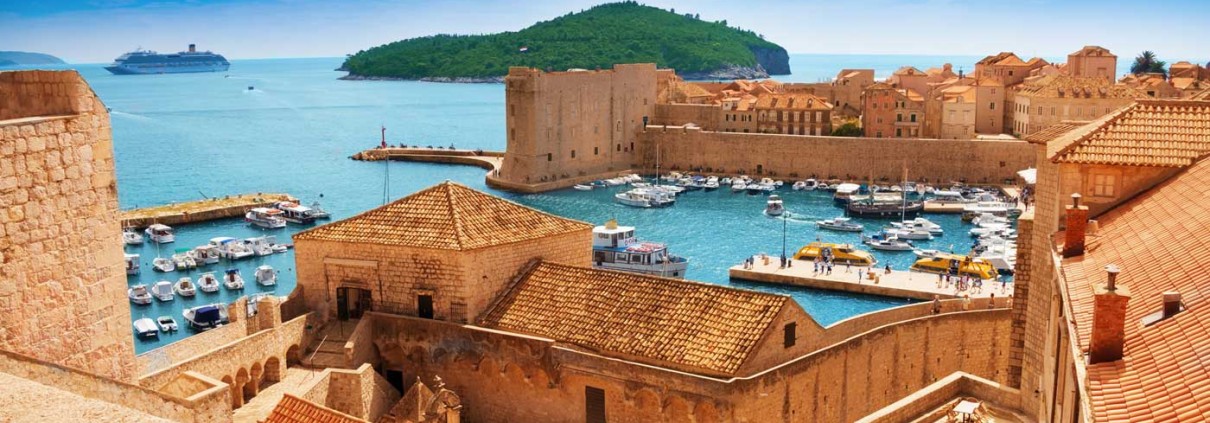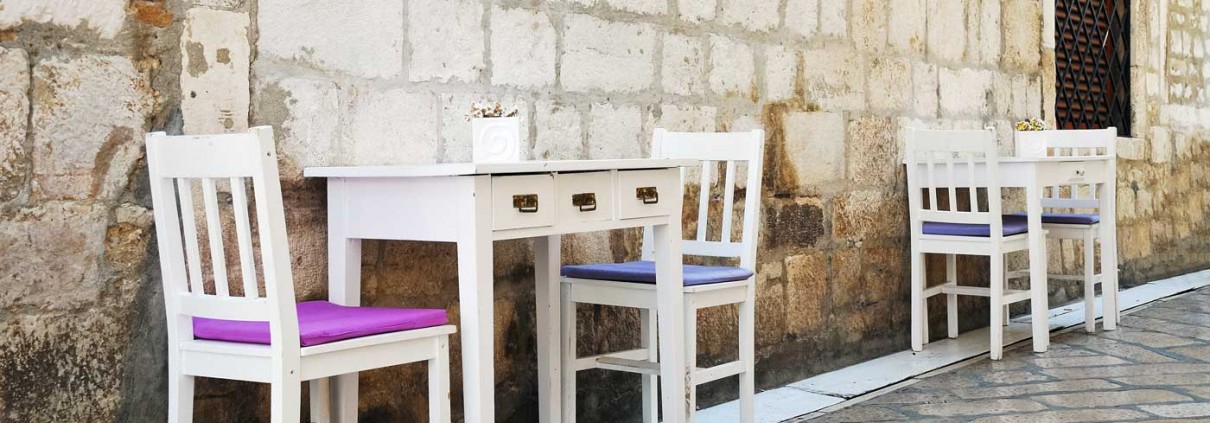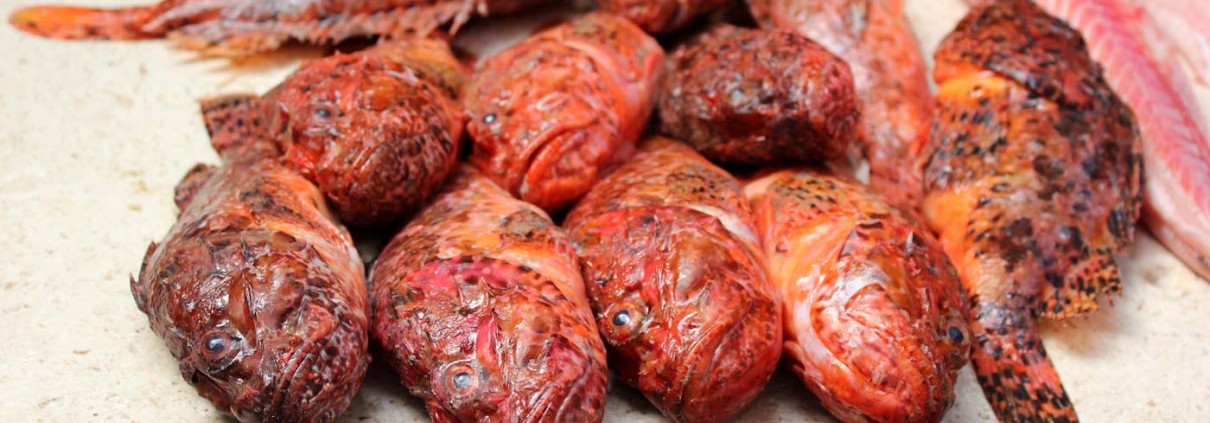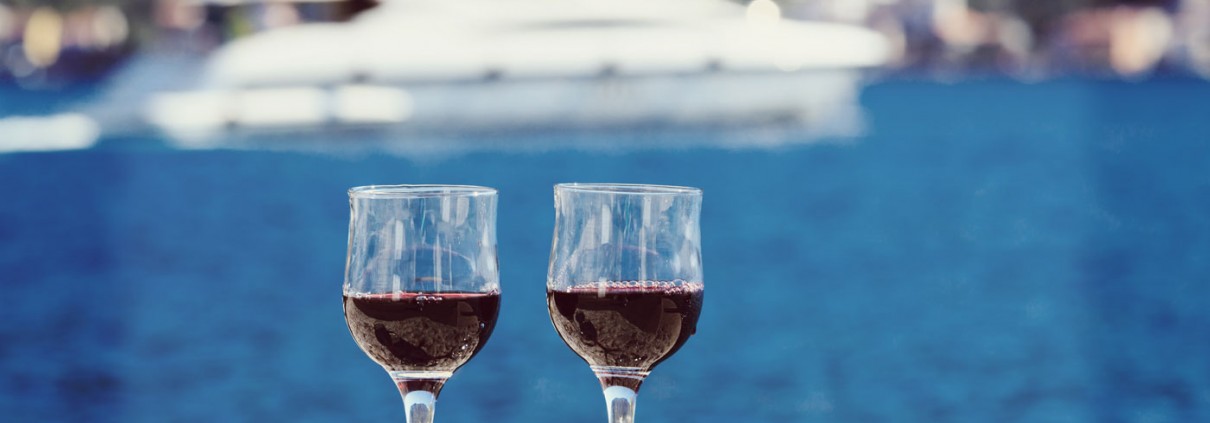Dalmatia
Dalmatia, one of Europe’s most beautiful areas, is located in Croatia and known as a sun terrace
From then until now Dalmatia’s towns and villages still cultivate each own particular ways of certain dish preparation.
The Dalmatian cuisine is composed of a blend of the neighbouring Istria interior’s cuisines and the coastal region, that is rich in excellent fish and seafood. Special delicacies are scampi and calamari of the Northern Adriatic and shellfish from the Limski Fjord.
Whether sheep’s milk cheese from the island of Pag, maraschino from Zadar or shellfish from the Mali Ston Bay, Dalmatia serves exquisite culinary delight as well as beautiful landscapes.
Dalmatia’s coastal region with its 1000 km diverse mainland coast and more than 700 islands and islets appears wild and romantic at the same time.
The cleft northern mountains feature rugged canyons and thundering waterfalls – wonderful destinations, just as the many great national parks, and ready to be explored!
And Dalmatia still offers even more: 2000 years of history have left historical towns, ancient monuments and unique sights. Due to its versatility and its Mediterranean charm Dalmatia regards as an insider tip for an exceptional wine-culinary journey.
Since the socialist Yugoslavia times have passed and the Balkan peoples reassume responsibility for their future development, large-scale hospitality recurs. Throughout Dalmatia you will meet friendly people, whom the welfare of visitors seem to matter as much as their homeland.









